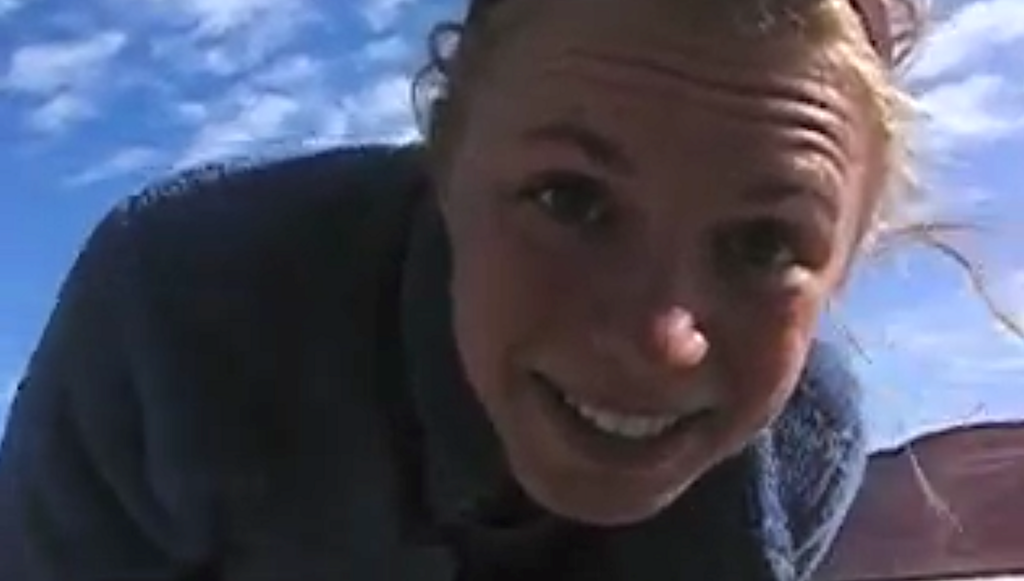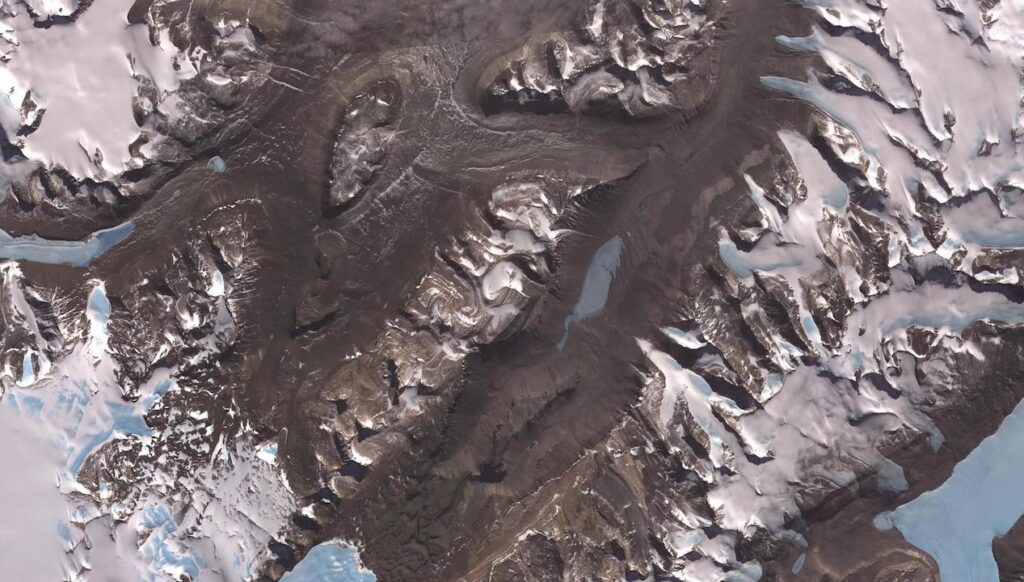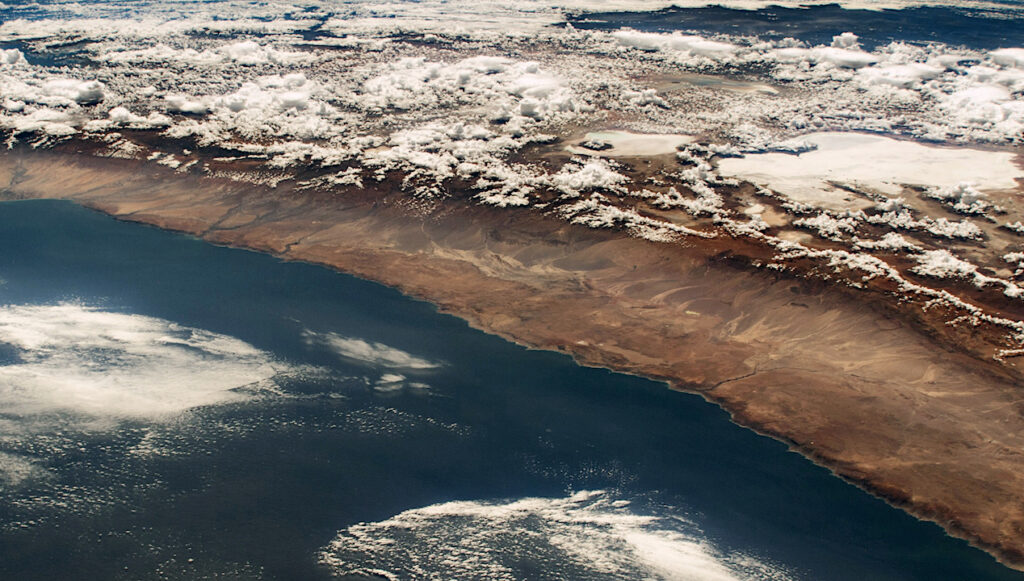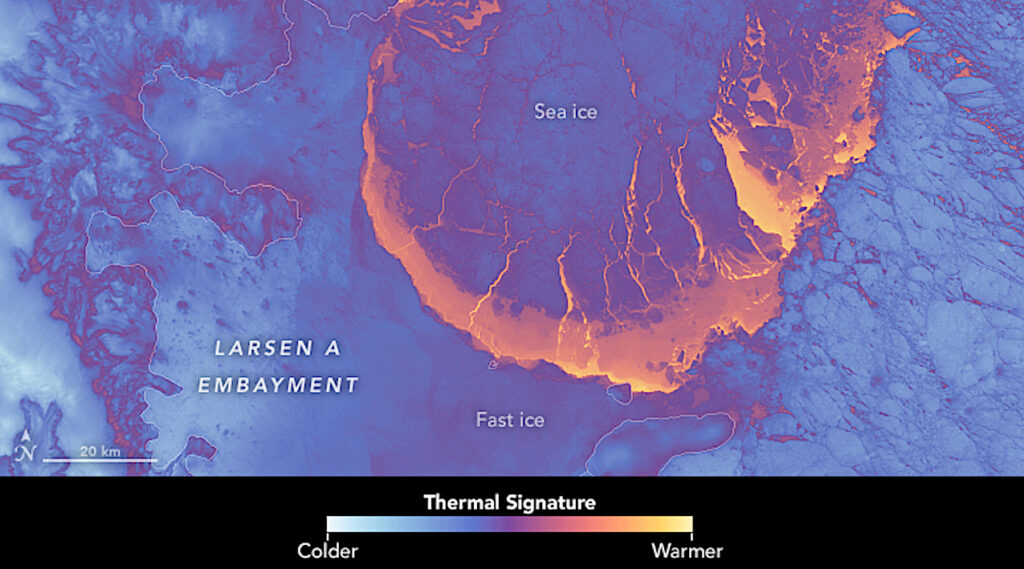Fennoscandian Arctic Russia – Drilling Early Earth Project FAR-DEEP
Earth’s present-day environments are the outcome of a 4.5 billion year period of evolution reflecting the interaction of global-scale geological and biological processes punctuated by several extraordinary events and episodes that perturbed the entire Earth system. One of the earliest and arguably greatest of these events was a substantial increase (orders of magnitude) in the atmospheric oxygen abundance, sometimes referred to as the Great Oxidation Event.
The Fennoscandian Arctic Russia – Drilling Early Earth Project (FAR-DEEP), co-funded by NAI, set out to create a geological archive of the progressive oxidation of Earth’s surface environments and associated global events. A new, three-volume series documenting the results is available at Springer.com.
Volume 1: The Palaeoproterozoic of Fennoscandia as Context for the Fennoscandian Arctic Russia – Drilling Earth Project describes the implementation of the FAR-DEEP drilling project in Arctic Russia. It summarises the knowledge of more than 50 years of largely Russian-led fieldwork, information hitherto virtually unavailable in the west, and provides geological description of drilling areas with an overwhelming illustration of rocks by high-quality, representative photographs. The volume offers a comprehensive review and rich photo-illustration of palaeotectonic, palaeogeographic and magmatic evolution of the Fennoscandian Shield in the early Palaeoproterozoic, and link the evolution of the shield to the emergence of an aerobic Earth system. The volume unfolds the event-based Fennoscandian chronostratigraphy and discusses the chronology of the Palaeoproterozoic global events as the base for a new subdivision of Palaeoproterozoic time.
Volume 2: The Core Archive of the Fennoscandian Arctic Russia – Drilling Early Earth Project provides a description of the newly generated archive hosting ICDP’s FAR-DEEP drill cores through key geological formations in Russian Fennoscandia. The book contains several hundred high-quality, representative photographs illustrating 3650 m of fresh, uncontaminated core documenting a series of global palaeoenvironmental upheavals linked to the Great Oxidation Event. The core exhibits sedimentary and volcanic formations that record a transition from anoxic to oxic Earth surface environments, the first global glaciation (the Huronian glaciation), an unprecedented perturbation of the global carbon cycle (the Lomagundi-Jatulian Event), a radical increase in the size of the seawater sulphate reservoir, an apparent upper mantle oxidising event, the Earth’s earliest documented sedimentary phosphates, one of the greatest accumulations of organic matter (the Shunga Event) and generation of the Earth’s earliest supergiant petroleum deposit. The volume highlights the potential of the FAR-DEEP core archive for future research of the Great Oxidation Event and the biogeochemical cycles operating during that time.
Volume 3: Global Events and the Fennoscandian Arctic Russia – Drilling Earth Project represents another kind of illustrated journey through the early Palaeoproterozoic, provided by syntheses, reviews and summaries of the current state of our understanding of a series of global events that resulted in a fundamental change of the Earth System from an anoxic to an oxic state. The book discusses traces of life, possible causes for the Huronian-age glaciations, addresses radical changes in carbon, sulphur and phosphorus cycles during the Palaeoproterozoic, and provides a comprehensive description and a rich photo-documentation of the early Palaeoproterozoic supergiant, petrified oil-field. Terrestrial environments are characterised through a critical review of available data on weathered and calichified surfaces and travertine deposits. Potential implementation of Ca, Mg, Sr, Fe, Mo, U and Re-Os isotope systems for deciphering Palaeoproterozoic seawater chemistry and a change in the redox-state of water and sedimentary columns are discussed. The volume considers in detail the definition of the oxic atmosphere, possible causes for the oxygen rise, and considers the oxidation of terrestrial environment not as a single event, but a slow-motion process lasting over hundreds of millions of years. Finally, the book provides a roadmap as to how the FAR-DEEP cores may facilitate future interesting science and provide a new foundation for education in earth-science community.








